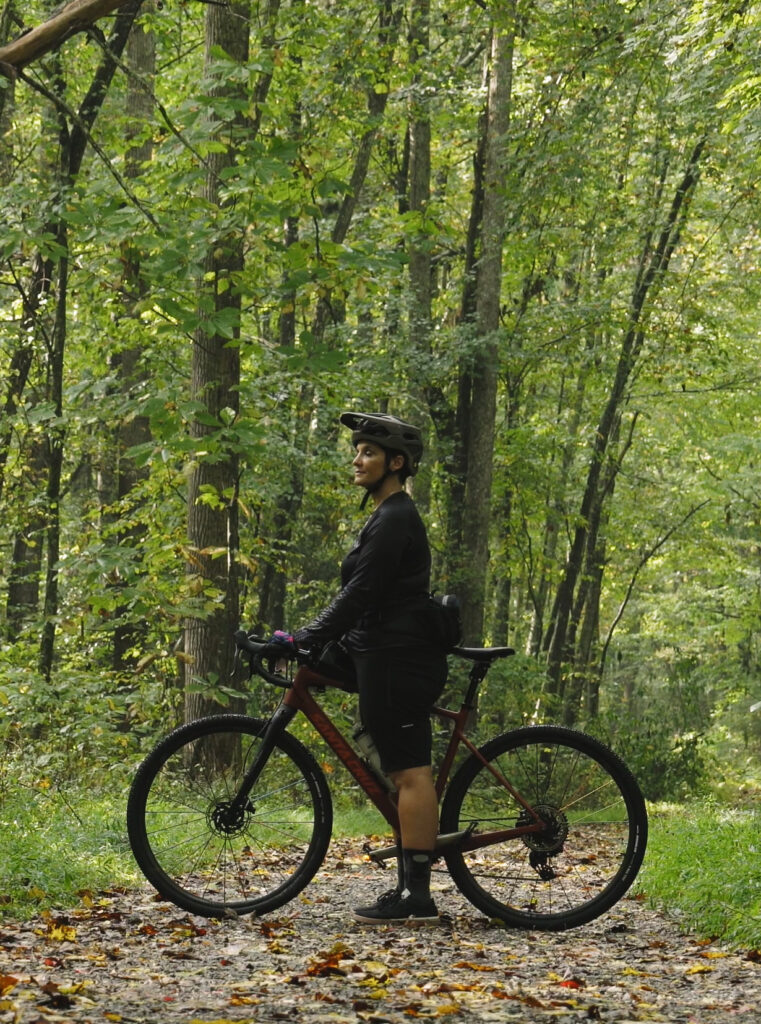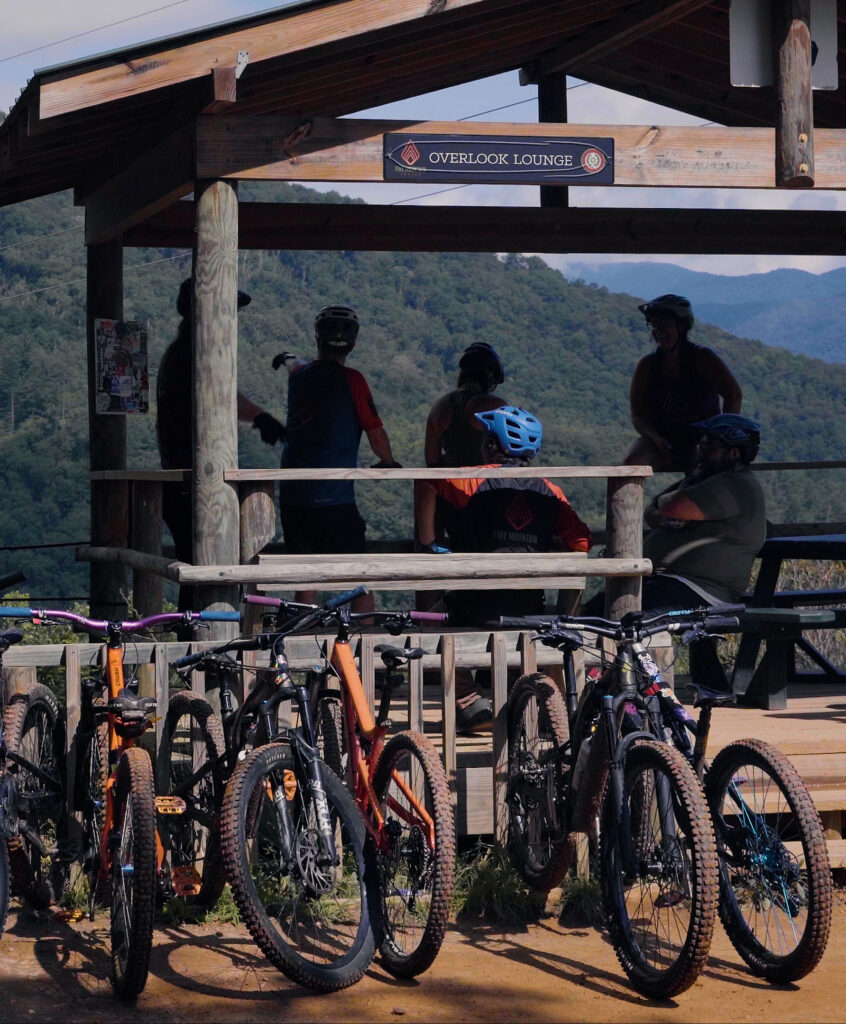
MADE BY MOUNTAINS STORY
EASTERN BAND OF THE CHEROKEE INDIANS
These outdoor venues establish a dual-purpose economy that not only invites people into our community, they invite our community back into the heart of itself.
Award-winning author and EBCI Tribal Citizen, Annette Saunooke Clapsaddle tells the story of how and why the Eastern Band of the Cherokee Indians have prioritized outdoor recreation to increase access and connection to their land, and drive an outdoor economy that increases quality of life and furthers a sense of community for all tribal citizens and visitors alike.
OF THIS LAND
When a people can trace their history, their culture, and their connection to a specific piece of land dating back to the beginning of time, they recognize that this is not only a gift, but a responsibility to ensure that future generations will always be able to do the same. As Cherokee people, we are recipients and stewards of such a gift.
We are of a place that provides four seasons of cultivation, growth, harvest, and regeneration—an environment that reminds us of our own need for these seasons as human beings. And so, in this way, we take our instructions from the mountains, valleys, and waterways. In order to find our internal balance, we seek the lessons of this landscape.
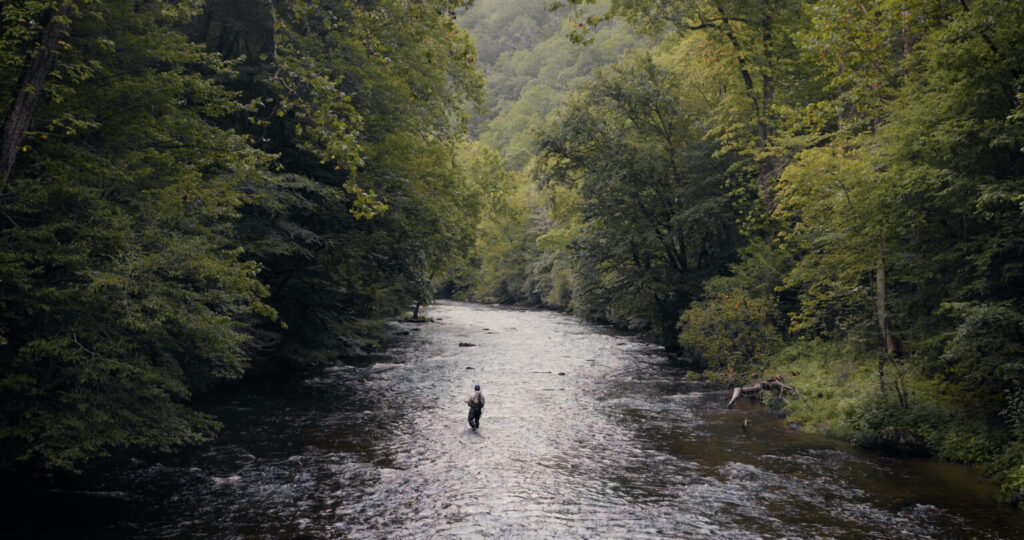
GROWING UP
I grew up exploring the mountain ranges behind my house and swimming in the waters of the Oconaluftee River behind my parents’ souvenir shop—the business that provided food on our table and a college education for my brother and I. I grew up watching this business feed stories of our culture to seasonal tourists in a manner that both celebrated and commodified our culture based on consumer demand. In general, my lived experience as a Cherokee person was vastly different from what was shared with the general public. Historically, tourists found their experiences in stores or at performances in Cherokee. What they likely didn’t know twenty years ago, is that the true foundation of our culture was waiting outside those shop doors and backstage of entertainment venues.
NATURAL RHYTHMS
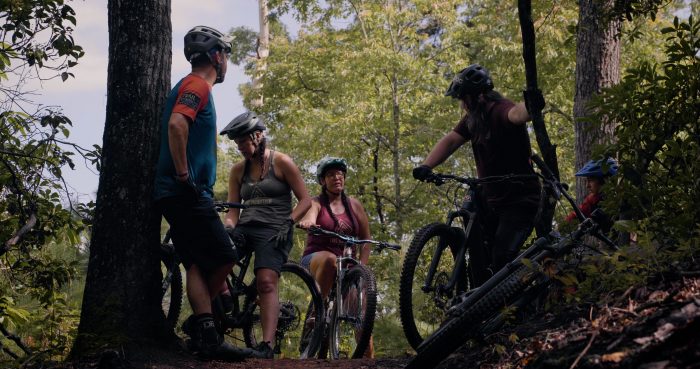
As I grew up, I found myself separated from the outdoor spaces that had shaped my identity. More and more I was in classrooms or offices. 2017 changed all that. This was the year that the Fire Mountain Trail system opened and pulled me back to my childhood roots of earnestly living in my environment instead of driving through it. As a woman approaching middle age who was trying desperately to find balance in a life composed of family obligations, career aspirations, and community commitment, it was the opportunity to re-engage with the outdoors that healed me.
Physically, I lost sixty pounds. Professionally, my writing became grounded in the narratives of landscape. Personally, I met and built friendships with people who restored my faith in human connection. I became a cyclist, something I had never been. And I believe wholeheartedly that I became a cyclist because it brought me back to the mountains which had made me. I returned to the natural rhythms of this place.
This year, I have expanded personal goals to include an “Every day on a trail” objective. North Carolina has recognized 2023 as the Year of the Trail. I decided to honor that by spending some time each day during the year on some form of a trail. I travel quite a bit, so I have been on trails all over the southeast—land and water. Manmade and natural. These experiences have informed both my personal well-being and my writing life.
THE WEALTH OF NATURAL LANDSCAPE
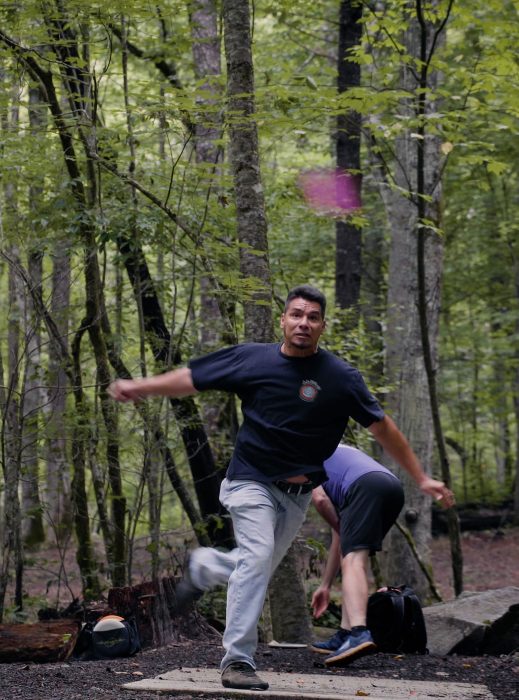
During a recent writing residency, my host took me on a boat ride to show me the important historical and natural sites along a river. As we took in the vista, she lamented that every time her grown children come to visit her, they have work projects that pull them away from being present and joining her on the river, or as she put it “really being there.” What I gathered from this conversation is that her children did not see this unique landscape for everything it offered. It held less currency than the paycheck they were earning through Zoom meetings and email memos. Their sense of a visit home had become detached from the landscape of their home and, consequently, they had become detached from family. In this way, the drive for participating in an economy separates far more than it connects.
Any economy includes the wealth and resources of a community. And the wealth of our region is our natural landscape. When we consider the outdoor economy, oftentimes we think of ways to monetize the natural gifts we have been afforded. But a responsible outdoor economy is far greater than that. It incorporates the values systems of a given place.
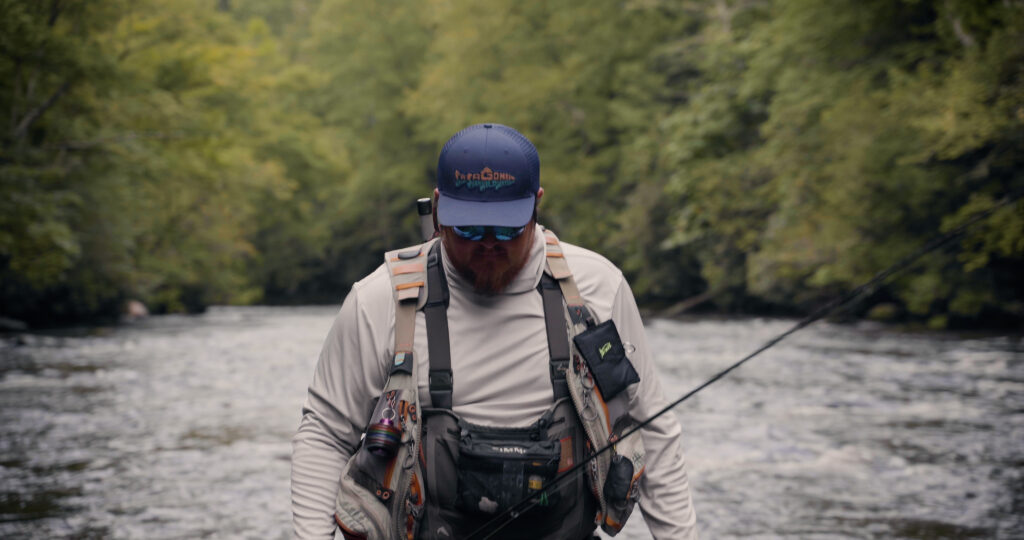
SUSTAINABLE ACCESS
Just as we cannot only spend out of a personal bank account without ensuring that consistent deposits are also made, we cannot extract from our natural environment and assume it will always produce. Focusing our efforts toward developing an outdoor economy requires that we take the time and effort to understand how we sustain this wealth. How we expend and replenish it. How we provide equitable access.
An outdoor economy moves us from a model of consumer and producer to a model of stewardship. And when done right, it moves cultural tourism from a model of cultural voyeurism to a model of cultural engagement. By inviting visitors to appreciate our natural landscape in a responsible way, we finally communicate who we really are as Cherokee people. We are sharing a core value, the value of “Strong connection with the land and commitment to stewardship of the homelands of the Cherokee.” It becomes less of an extractive economy and more of a shared community that revitalizes us as Cherokee people.
ON BEING MADE BY MOUNTAINS

For every trail that introduces visitors to Smoky Mountain vistas, there is an opportunity for a Cherokee person to use that same trail as a means of teaching traditional plant knowledge to their children. For every ADA compliant fishing pier built along the Oconaluftee, a Cherokee elder can continue to access and consume foods of a traditional diet. These outdoor venues establish a dual-purpose economy that not only invites people into our community, they invite our community back into the heart of itself. We are healthier physically, mentally, and spiritually because of it. We can take pride in what we are sharing with the rest of the world—an authentic understanding of how these mountains made us and how we will continue to sustain each other.
Made By Mountains Stories
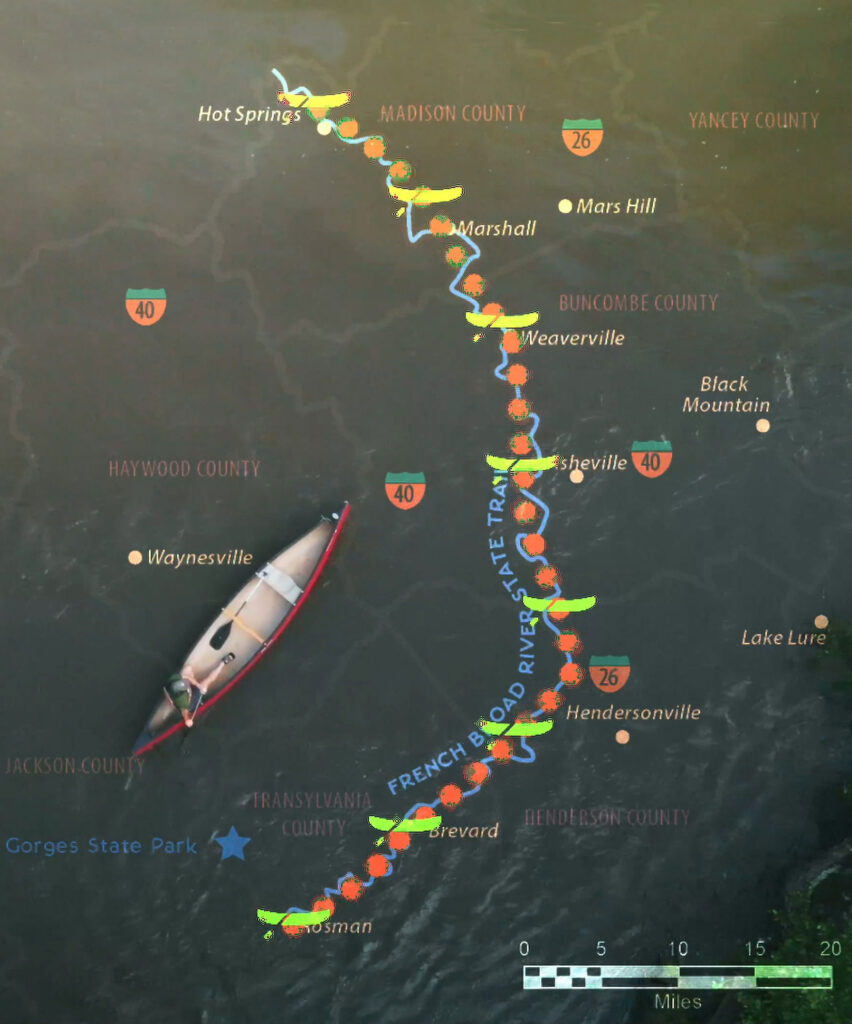
The French Broad Paddle Trail
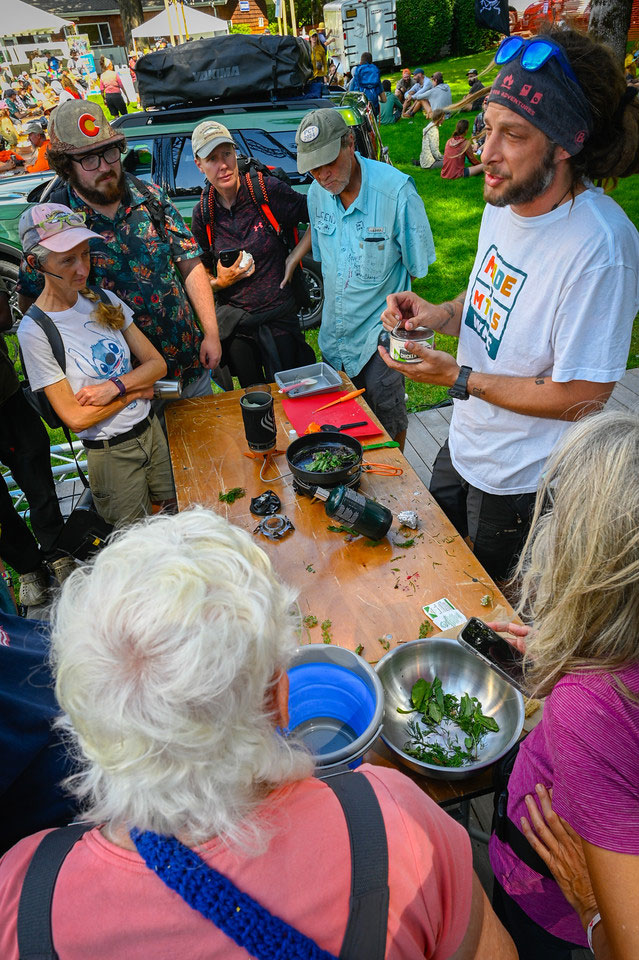
Food For Adventures
